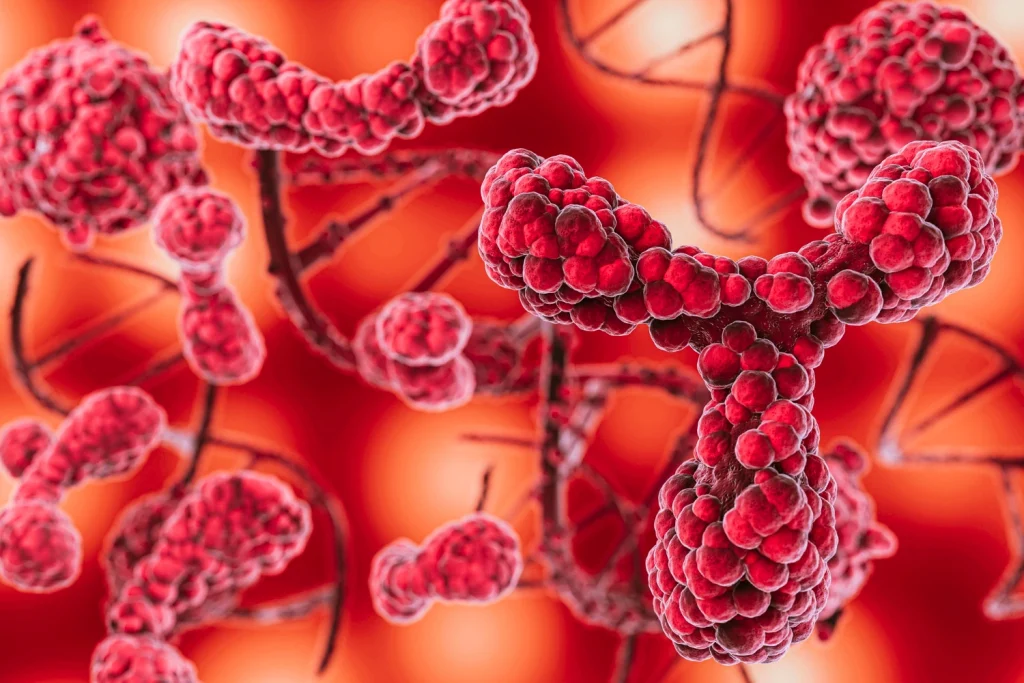
Types of Amyloidosis
Different proteins cause amyloidosis. The abnormal protein involved may determine what symptoms you experience and therefore which treatments are right for you – so getting the diagnosis right is important!
There is a particular way of naming amyloidosis, each type is named by:
an ‘A’ for amyloid · followed by the abbreviation for the abnormal protein · and then amyloidosis.
For example, ATTR amyloidosis is caused by abnormal transthyretin (abbreviated as TTR) protein, and AL amyloidosis is caused by abnormal light chains (abbreviated as L). Click on a specific amyloidosis type below to learn more.
AL Amyloidosis
AL amyloidosis is caused by abnormal free light chains (FLC). Light chains are part of....
ATTR Amyloidosis
The precursor protein in ATTR amyloidosis is transthyretin, abbreviated to TTR, and is produced mainly....
AA Amyloidosis
AA amyloidosis develops when a person has a medical condition or other disorder that causes....
AApoA1 Amyloidosis
AApoA1 amyloiodosis is the third most common type of hereditary amyloidosis diagnosed in the UK
AGel Amyloidosis
Gelsolin is the precursor protein in this type of hereditary amyloidosis. Gelsolin is made in....
ALys Amyloidosis
This is a very rare form of hereditary amyloidosis where a mutation in the gene....
AFib Amyloidosis
Fibrinogen is the precursor protein in this type of amyloidosis which mainly affects the kidneys.....